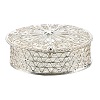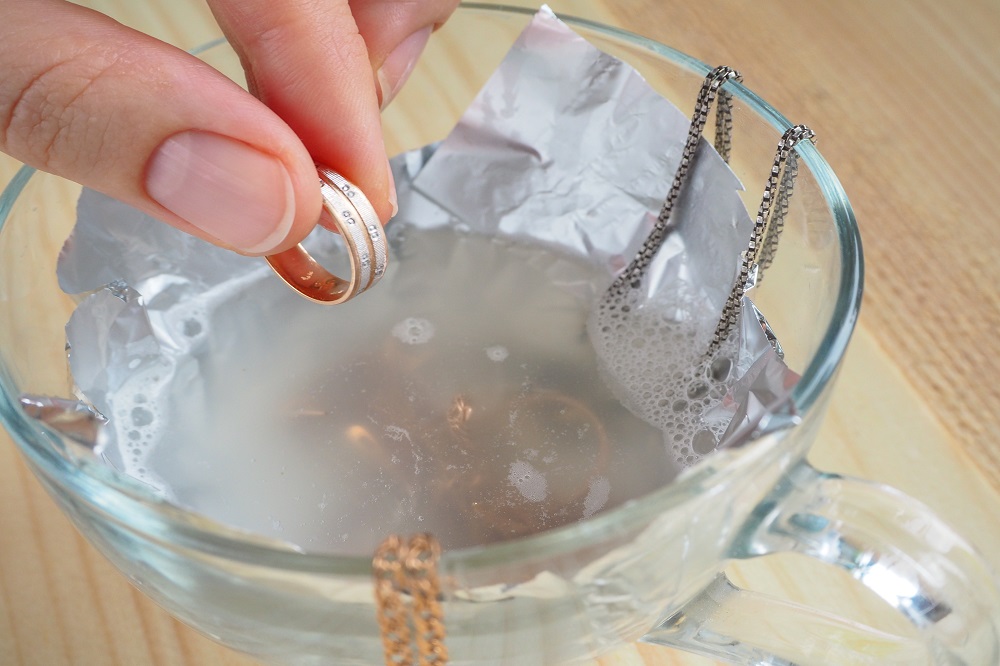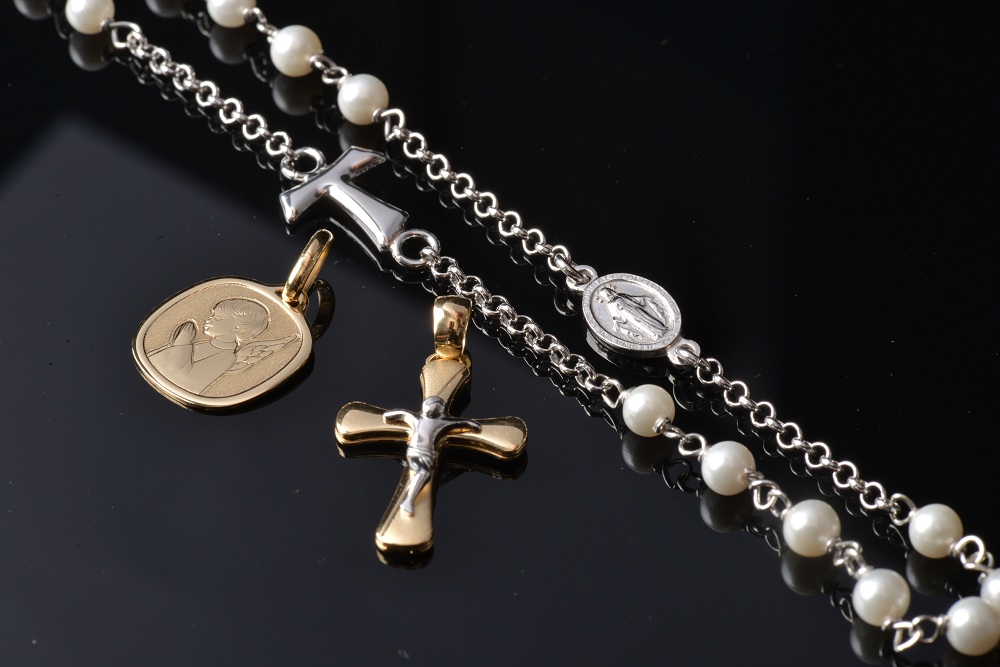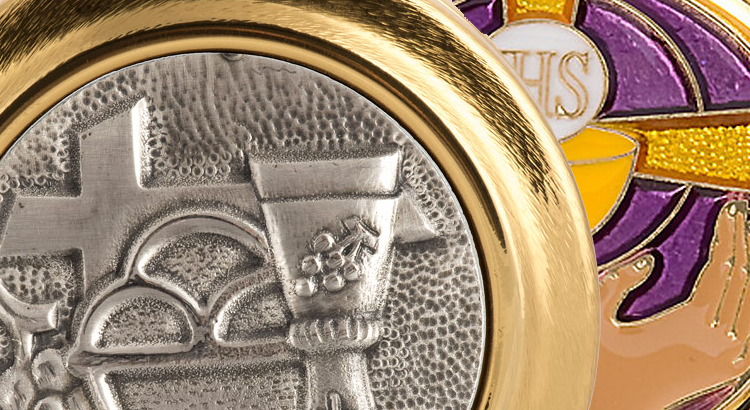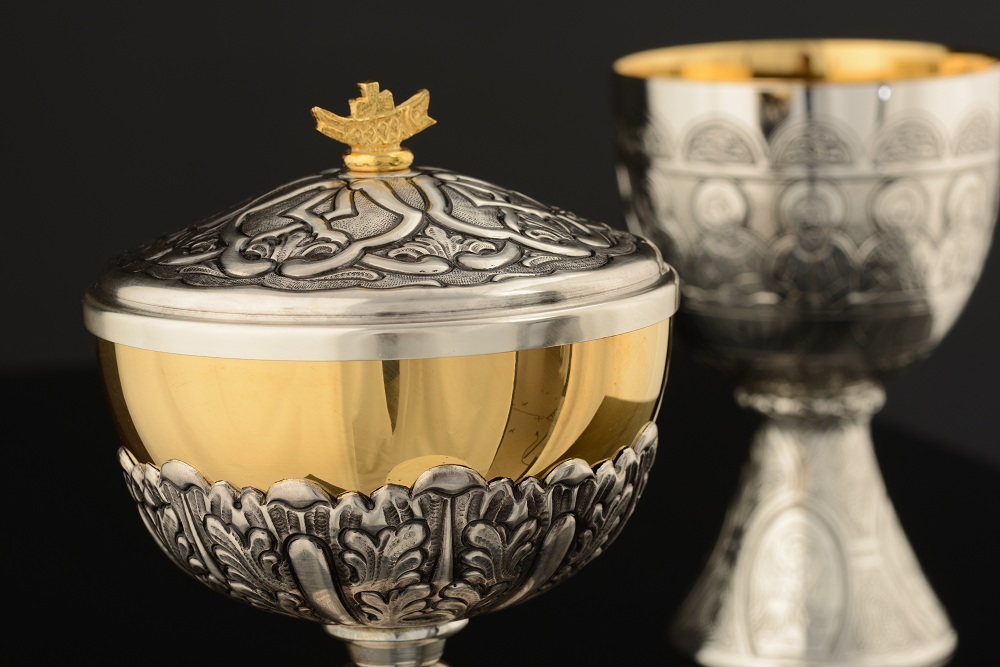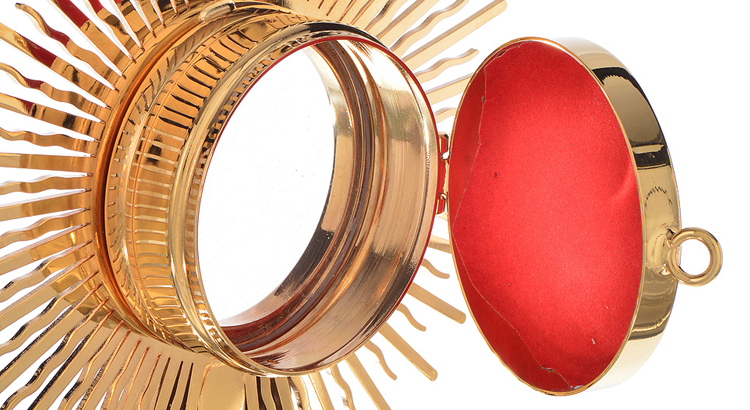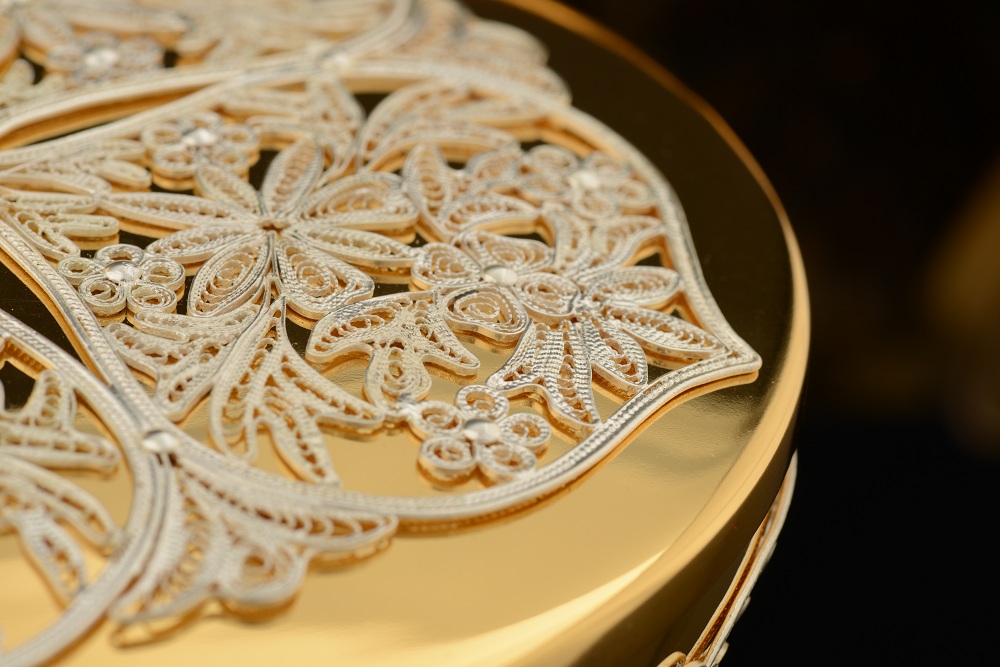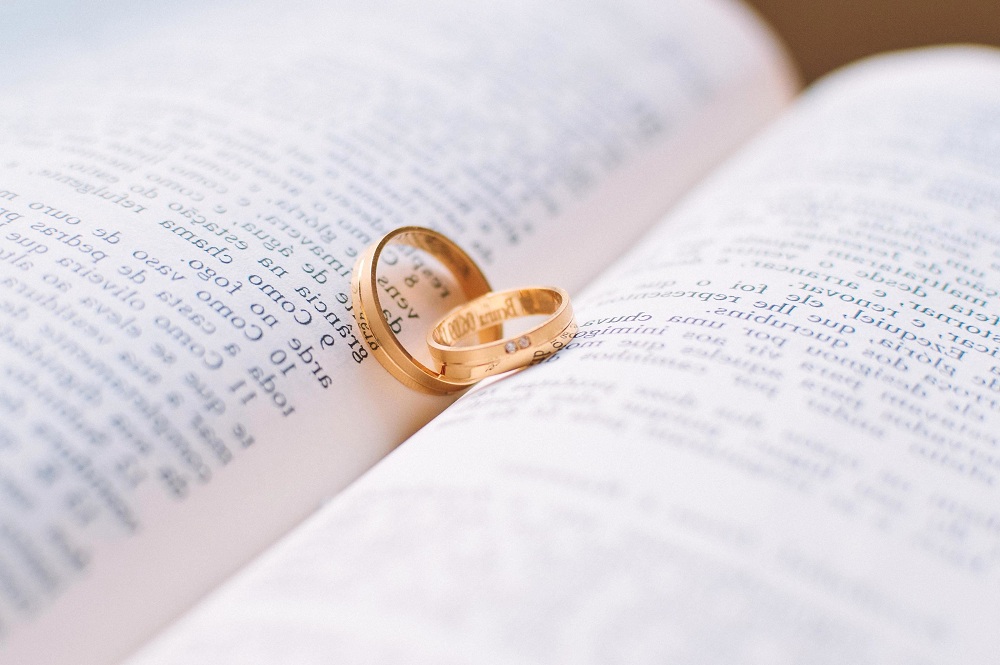Since ancient times, silver jewels have exercised a deep fascination. Let’s find out how to clean the silver jewelry to keep them bright and beautiful.
Why it is important to know how to clean silver jewelry? The answer to this question lies in the very nature of this noble and precious metal. The main feature of silver is its sheen, reminiscent of the splendor of the moon. In fact, this white metal has been associated since ancient times with the very night star, and it was thought that it drew some form of magic from it. It is not by chance that at the ancient civilizations it was chosen as a material to make jewels and sacred furnishings, intended for priests and ceremonies addressed to the gods.
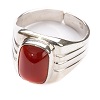
The very name of silver encapsulates its nature. It derives from the Greek word argòs, prominence’, brightness’.
Indeed, the moon seems enclosed in the purity of silver. Unfortunately, over time this beautiful metal tends to oxidize, due to the chemical agents present in the air that depositing on its surface form a layer of sulfide. In aesthetic terms this defect manifests itself with a progressive blackening.
This is why a thorough cleaning is necessary, which respects the preciousness of the material and brings it back to its ancient splendor.
From a chemical point of view, silver is a metal belonging to the first group of the periodic system. It is found in nature within hydrothermal deposits, where it occurs in the form of arborescent aggregates reminiscent of branched branches. Great conductor of electricity and heat, it is also characterized by an exceptional malleability and ductility, comparable only to those of gold. For its use in jewellery, indeed, in silverware, since its importance has earned it a dedicated processing sector, it is often used in alloy with copper and gold. It lends itself to the realization of ornamental objects such as vases, boxes, various ornaments, and of course in the production of bracelets, rings, earrings, necklaces, rosaries.
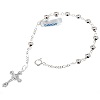
Anyone who owns any of these jewels will surely have at least one in silver. That’s why we thought it useful to explain here how to clean silver jewelry. At Holyart we offer a wide range of silver jewellery, not only religious jewerly, like the beautiful rosaries in silver, or the rosary rings and religious bracelets, or even the precious jewels of the line Amen.

Amen Collection: when faith meets fashion
It is not easy to combine faith and fashion. The two concepts could look out of place if put one next to the other…
Here are some ‘grandmother’s remedies’ that might come in handy.
How to clean silver jewelry
Giving new life to your silver jewerly in a natural way and without resorting to expensive and often harmful chemicals? You can. On the contrary, you will be surprised to discover that almost certainly what you need for this delicate operation you already have in the house, in the pantry or in the bathroom cabinet.
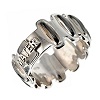
You don’t believe that?
Give it a try: take your toothpaste, what you usually use to brush your teeth, squeeze a little on a soft bristle toothbrush and then begin to gently rub your oxidized silver jewel. Before you know it, all the original splendor will emerge again.
If we move into the kitchen, we find other powerful allies: vinegar, baking soda and aluminum.
Fill a container with boiling water and two tablespoons of vinegar. Immerse the jewel, for example your silver rosary, that you want to polish and let it soak for at least half an hour. The antioxidant and degreasing power of the vinegar will completely clean the surface, making it return to its old shine.

Alternatively, line the container with aluminum foil, fill it with water and skim a few tablespoons of baking soda. Soak the jewel and let it act for an hour, then re-draw it and gently dry it with a soft cloth. In this case the chemical reaction that cleans the silver is caused by the salts produced by the aluminum that reacts with the bicarbonate, which act on the blackened silver.
Always with baking soda and little water you can also create a paste to be applied directly on blackened surfaces with a brush or a piece of cloth, to remove stains from particularly large furnishings. By mixing baking soda and lemon juice you will get an even more effective cream.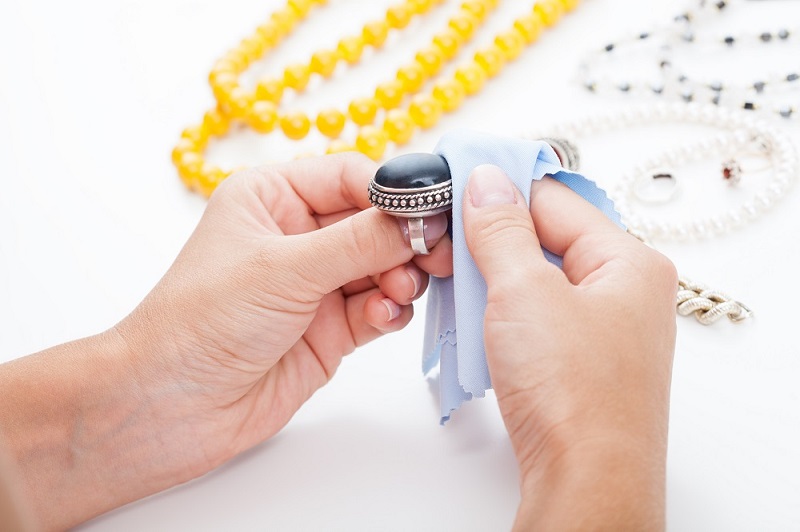
Always starting from an aluminum container, or lined with aluminum, you can use two teaspoons of salt dissolved in warm water in which you will immerse your jewelry. For an even brighter effect you can then rub them with simple aluminum sheets, the ones used to store food.
And for those in the kitchen who like not to throw anything away, here is an unusual and very effective use of the cooking water of potatoes. When boiled potatoes release a substance that fights rust and oxidation. Dip your silver jewelry in the water you used to cook them, eventually adding a little vinegar, and any trace of blackening will disappear.
The rosary holders
And once we clean the silver jewelry? To prevent oxidation and blackening, the ideal is to store them when we do not wear them in a small box or a suitable container, where they are not too exposed to atmospheric agents. This will also prevent necklaces, chains and bracelets from tangling or scratching each other.
An excellent solution could be our rosary holders. You can find them in our online store, and there are really all kinds and styles, from simple cheap boxes to leather pouches rosary holders, from silver boxes precious and refined, to the elegant and evocative olive wood boxes coming from the Holy Land.
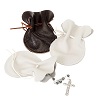
In addition to being very practical if inserted inside a larger jewelry box, the boxes and the rosary holder pouches are also so beautiful to make a beautiful figure on the bedside table or any piece of furniture in your home.
